10 easy water saving tips for your home
As most of our planet is comprised of water, it’s easy to believe that it will always be there to flow freely through our taps. But that’s not actually the case. Only 0.3% of it is fit for human consumption, the rest of the 99.7% is in the oceans, soil, icecaps and in the atmosphere.
And we can’t forget about our recent situation (the dreaded C word) – which has put a huge amount of pressure on our water supplies due to more people working from home and taking staycations.
But like always, your trusty team at SaveMoneyCutCarbon have the solution! With our top ten tips you’ll make saving water a habit in no time.
Wash in full loads
Doing anything by half just isn’t worth it, especially when it uses unnecessary water. Filling up your washing machine or your dishwasher half-full uses the same amount of energy as a full load. As our household appliances require most of our water, wait until you have enough to fill your machines.
Equally, it’s time to check your settings. Make sure that you’re running your appliances on the shortest cycle, opt for the Eco setting and with our ecoegg Laundry Egg, you don’t need to use the extra rinse cycle afterwards because it doesn’t coat your clothes in any residue.
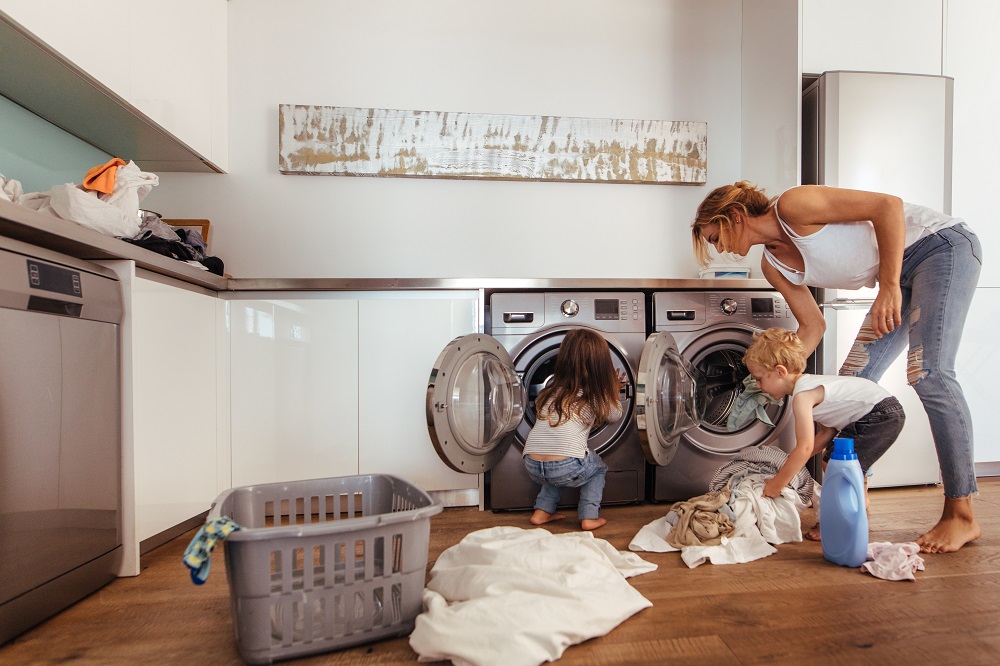
Hop in the shower instead of soaking in the bath
I’m the first to admit that I love a bubble bath, but switching to a shower makes a huge difference. An average bath uses around 115 litres of water compared to a 5-minute shower which uses around 75 litres. And I know you can get out of there in less than 5 minutes so try washing to your favourite song for a quick endorphin boost.
Investing in a low flow shower head can also save you water in the bathroom. Our hansgrohe Select S150 Raindance EcoSmart Chrome Hand Shower will start saving you water as soon as you’ve installed it. With three spray settings, it runs at a flow rate of 9 litres per minute, giving you fantastic savings on water without compromising your few moments of peace.
Check for leaky loos
A leaky toilet can waste between 215 and 400 litres of water, a day! All you have to do to check this is add a few drops of food colouring into your toilet cistern, leave it for an hour and if the toilet water has changed colour in the pan then you have a leak.
On the subject of loos, why not try a Water Displacement Bag? It can save you thousands of litres of water a year simply by reducing the amount of water used per flush. And you don’t need a plumber, it’s super easy to install and costs less than a few pounds.
To go that extra step further, a smart water leak detector can detect, notify you of a leak in your home and automatically shut off the water supply, potentially saving you heaps of money.
Don’t leave the tap running
Now I’m not calling anyone out, but leaving the tap running whilst you’re brushing your teeth is absurd, it’s just not necessary! It wastes up to 9 litres of water, which is basically like pouring more than 4 of the biggest supermarket bottles of fizzy down the drain.
Turning the tap off while you’re shaving, washing your face, brushing your teeth and washing your hands is a small act, with huge savings. The hardest part is making it a habit, so why not stick a Post-it note on your mirror to remind you.
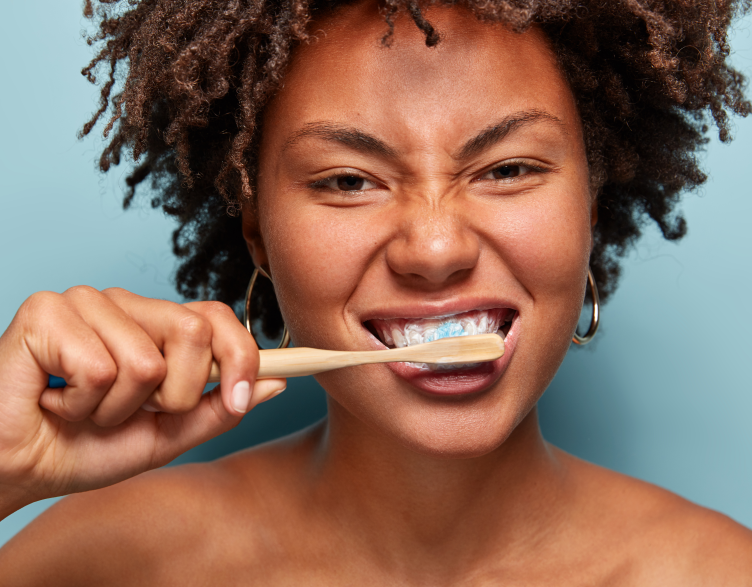
Install a water butt
These fabulous storage units collect rainwater that you can save for your house plants and garden. You can install them yourself and collect free water, without any hassle. If every UK household had one, we’d collectively save billions of litres of water a year – so get involved and put our British weather to good use.
Although we have water delivered straight to our taps, plants and flowers actually flourish better with natural rainwater rather than tap water because it’s chemical free and entirely natural. Find more benefits of a water butt here.
Note: if you don’t have a water butt yet, make sure you’re using a watering can rather than a hose which can use up to 1,000 litres of water every hour.
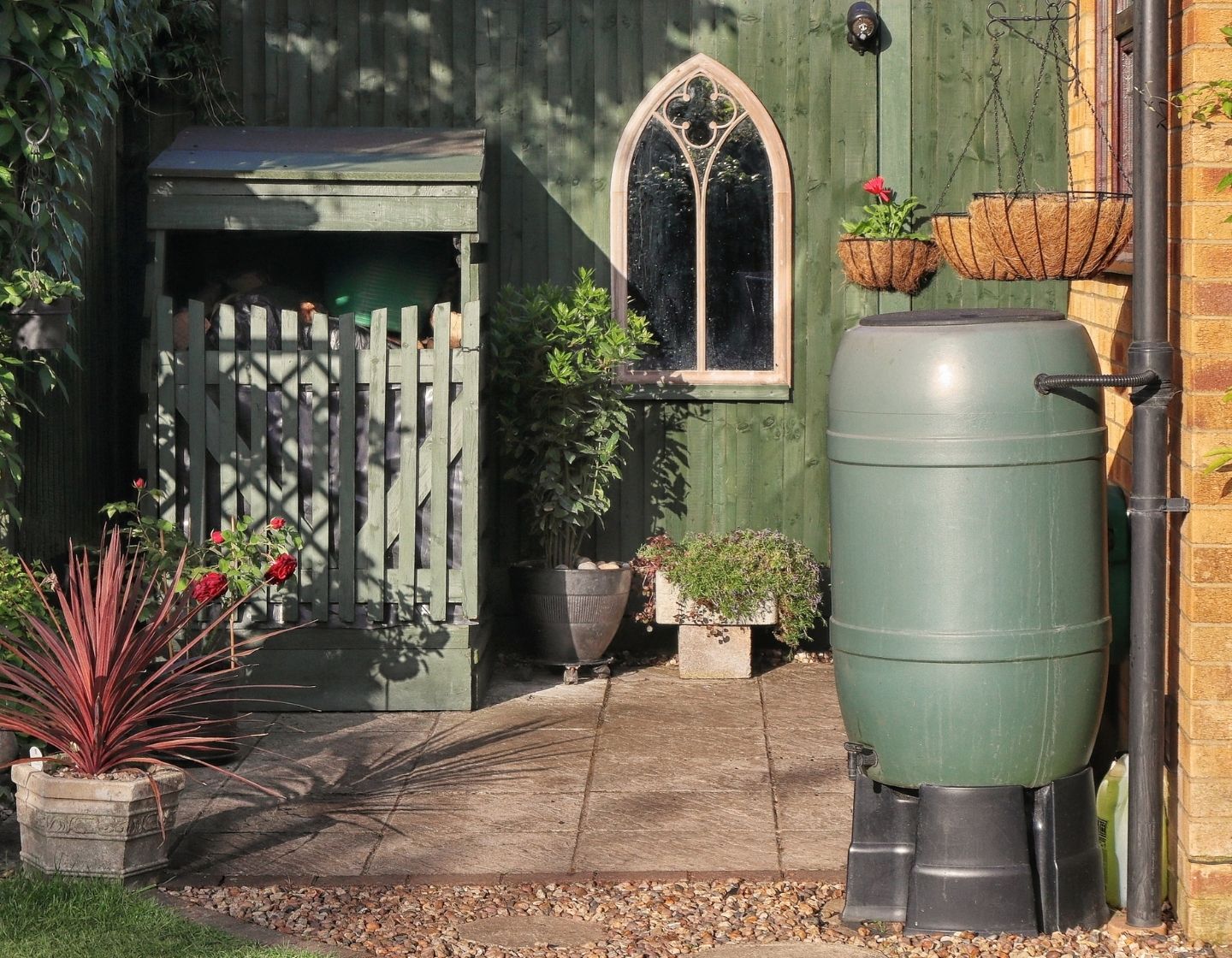
Set aside water in the kitchen
Leaving a tap running in the kitchen while you rinse dishes or clean your fruit and vegetables can add up. Setting aside a bowl of water is an easy solution. Once you’re done with it you can use it for any houseplants, herbs or flowers in your garden – this is a great for preserving water in the Summer for your garden.
Similarly, you can reuse water that has been used for cooking your vegetables or pasta. Simply reuse it in soup or stock, or leave it to cool and pour it over your plants.
If your tap takes a while to heat up, a handy tip might be to leave a jug beside your tap. That way you can collect any water and use it later.
Wash your hair less often
Just like plants prefer rainwater, your hair needs to be nourished naturally too, and that means putting less chemicals in it. Switching to dry shampoo or rocking a messy bun will prevent hair damage and protect its natural oils.
Stop buying single-use plastic water bottles
Making the plastic water bottle requires more water than what’s inside the actual bottle. Kill two birds with one stone and reduce your plastic and water use by choosing to drink tap water with a glass or reusable water bottle instead.
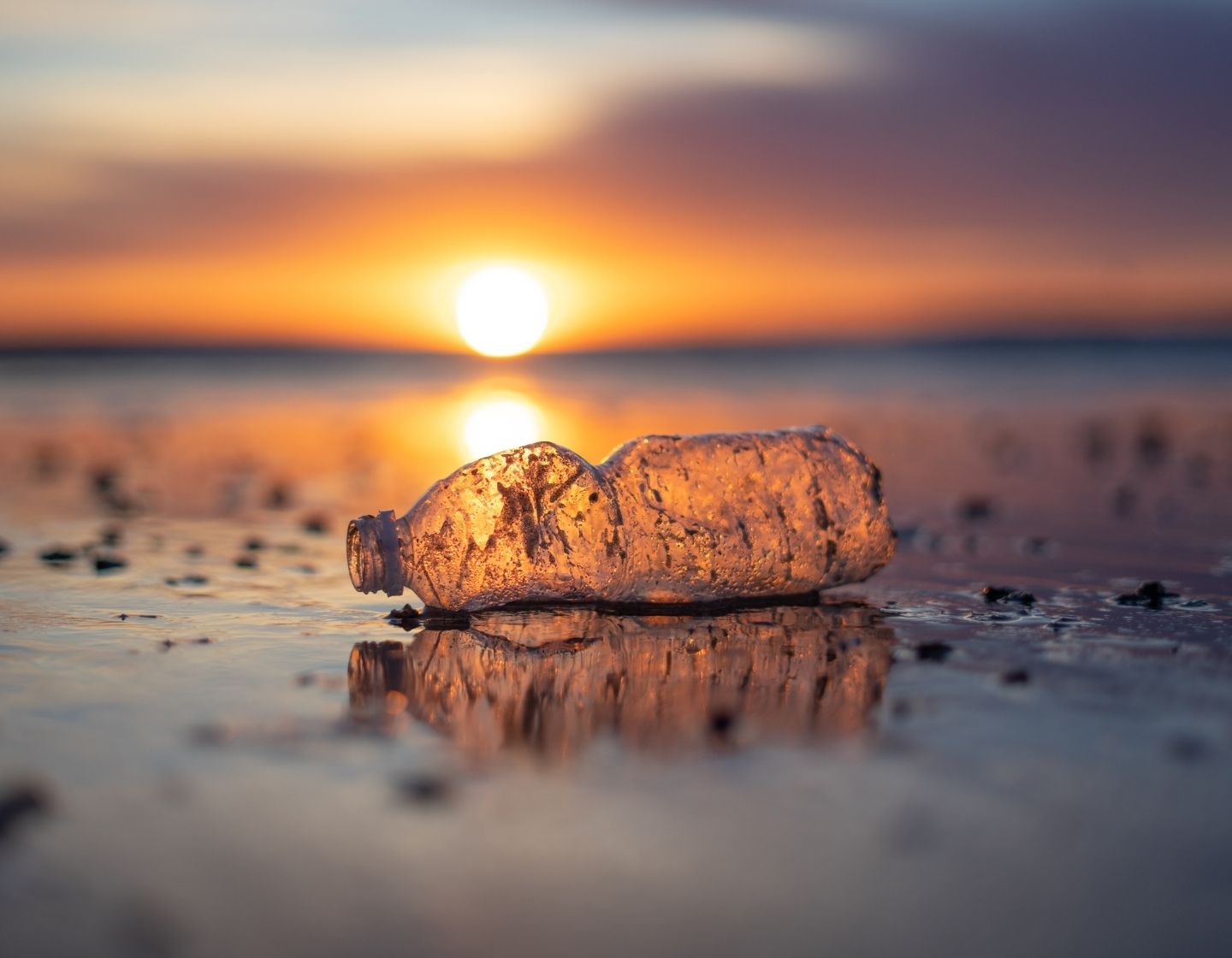
Adapt your garden
An immaculate green lawn may look neat and beautiful, but it probably doesn’t need to be watered as often as you think and besides, it’s not that great for the environment in general. If you plant wildflowers or native plants in place of turf, it will need less watering, it will look natural and colourful and it will help protect local wildlife.
An easy way to adapt your garden is using a Seedbom. Combining a beautiful mix of wildflower seeds, simply shake it, soak it, throw it and grow it! It leaves no waste in its place as the shell will biodegrade in just 5 weeks.
Find out how else your garden could benefit the environment.
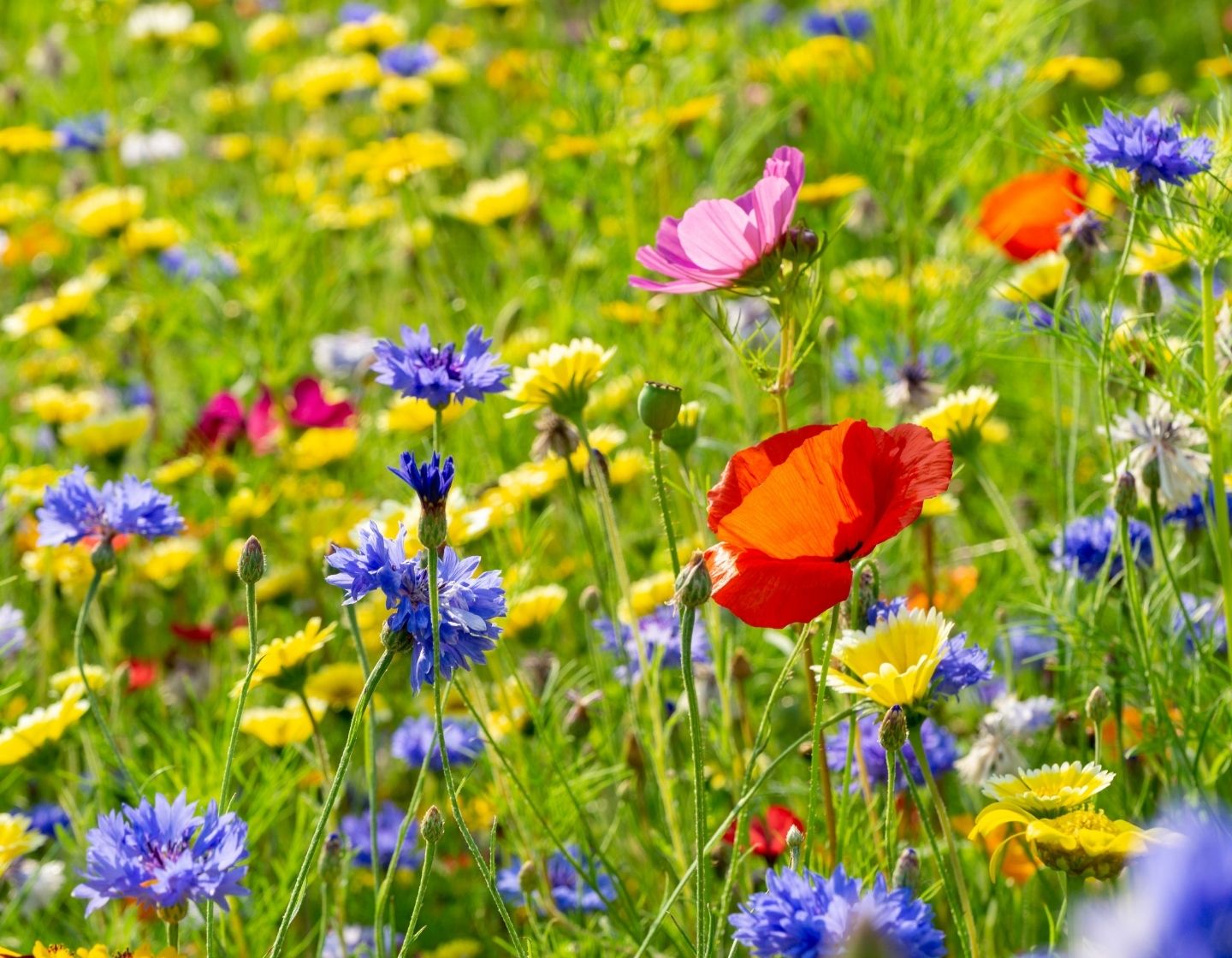
Run sprinklers in the morning or evening
If you use sprinklers in your garden in the Summer months, make sure to only put them on in the early morning or evening otherwise the water will evaporate in the height of the heat. If you stick to cooler parts of the day then you will need less water to do the job.
But note our earlier points, adapting your garden, using a water butt or using a watering can is always the most water-efficient option.
Making water conservation a habit
Research shows that 46% of people believe that their household uses less than 20 litres a day, when in actual fact the average UK person uses 142 litres of water a day. Understanding your water use and making these small changes can save your household not only water, but energy and money, and it will benefit the environment too.
With our Home Club, you can turn these changes into habits even quicker, with Home Club living more sustainably doesn’t have to be a hassle. As a Home Club Member you can buy at unbeatable prices, guaranteed – a minute to join, a lifetime of impact. We’re in, are you?

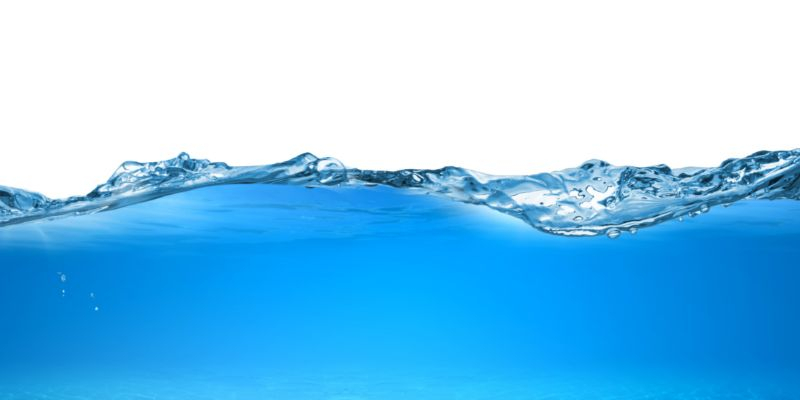

Only flush the loo after number two don’t bother after a wee.
good idea, however, if you live in a hardwater area, very quickly the pee stains the limescale on the sides of the loo and it looks like it has never been cleaned. then needs loads of cleaning, preferably with products that do not have the ‘dead fish’ symbol on them. So it may be six of one and half a dozen of the other!.
We tend not to flush at night, unless for a #2, but then we have a water softener, so not much limescale.